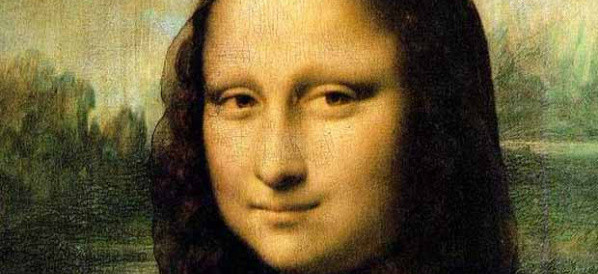 4 Terms
4 TermsHome > Terms > Kazakh (KK) > концептуалды өнер
концептуалды өнер
This term came into use in the late 1960s to describe a wide range of types of art that no longer took the form of a conventional art object. In 1973 a pioneering record of the early years of the movement appeared in the form of a book, Six Years, by the American critic Lucy Lippard. The 'six years' were 1966-72. The long subtitle of the book referred to 'so-called conceptual or information or idea art'. Conceptual artists do not set out to make a painting or a sculpture and then fit their ideas to that existing form. Instead they think beyond the limits of those traditional media, and then work out their concept or idea in whatever materials and whatever form is appropriate. They were thus giving the concept priority over the traditional media. Hence Conceptual art. From this it follows that conceptual art can be almost anything, but from the late 1960s certain prominent trends appeared such as Performance (or Action) art, Land art, and the Italian movement Arte Povera (poor art). Poor here meant using low-value materials such as twigs, cloth, fat, and all kinds of found objects and scrap. Some Conceptual art consisted simply of written statements or instructions. Many artists began to use photography, film and video. Conceptual art was initially a movement of the 1960s and 1970s but has been hugely influential since. Artists include Art & Language, Beuys, Broodthaers, Burgin, Craig-Martin, Gilbert and George, Klein, Kosuth, Latham, Long, Manzoni, Smithson.
- Part of Speech: noun
- Synonym(s):
- Blossary:
- Industry/Domain: Art history
- Category: General art history
- Company: Tate
- Product:
- Acronym-Abbreviation:
Other Languages:
Member comments
Terms in the News
Featured Terms
Мона Лиза
The Mona Lisa is widely recognized as one of the most famous paintings in the history of art. It is a half-length portrait of a seated woman painted ...
Contributor
Featured blossaries
dnatalia
0
Terms
60
Blossaries
2
Followers
Exercise that will transform your body
 4 Terms
4 Terms
Browers Terms By Category
- General accounting(956)
- Auditing(714)
- Tax(314)
- Payroll(302)
- Property(1)
Accounting(2287) Terms
- Air conditioners(327)
- Water heaters(114)
- Washing machines & dryers(69)
- Vacuum cleaners(64)
- Coffee makers(41)
- Cooking appliances(5)
Household appliances(624) Terms
- Digital Signal Processors (DSP)(1099)
- Test equipment(1007)
- Semiconductor quality(321)
- Silicon wafer(101)
- Components, parts & accessories(10)
- Process equipment(6)
Semiconductors(2548) Terms
- Action toys(4)
- Skill toys(3)
- Animals & stuffed toys(2)
- Educational toys(1)
- Baby toys(1)
Toys and games(11) Terms
- Home theatre system(386)
- Television(289)
- Amplifier(190)
- Digital camera(164)
- Digital photo frame(27)
- Radio(7)




